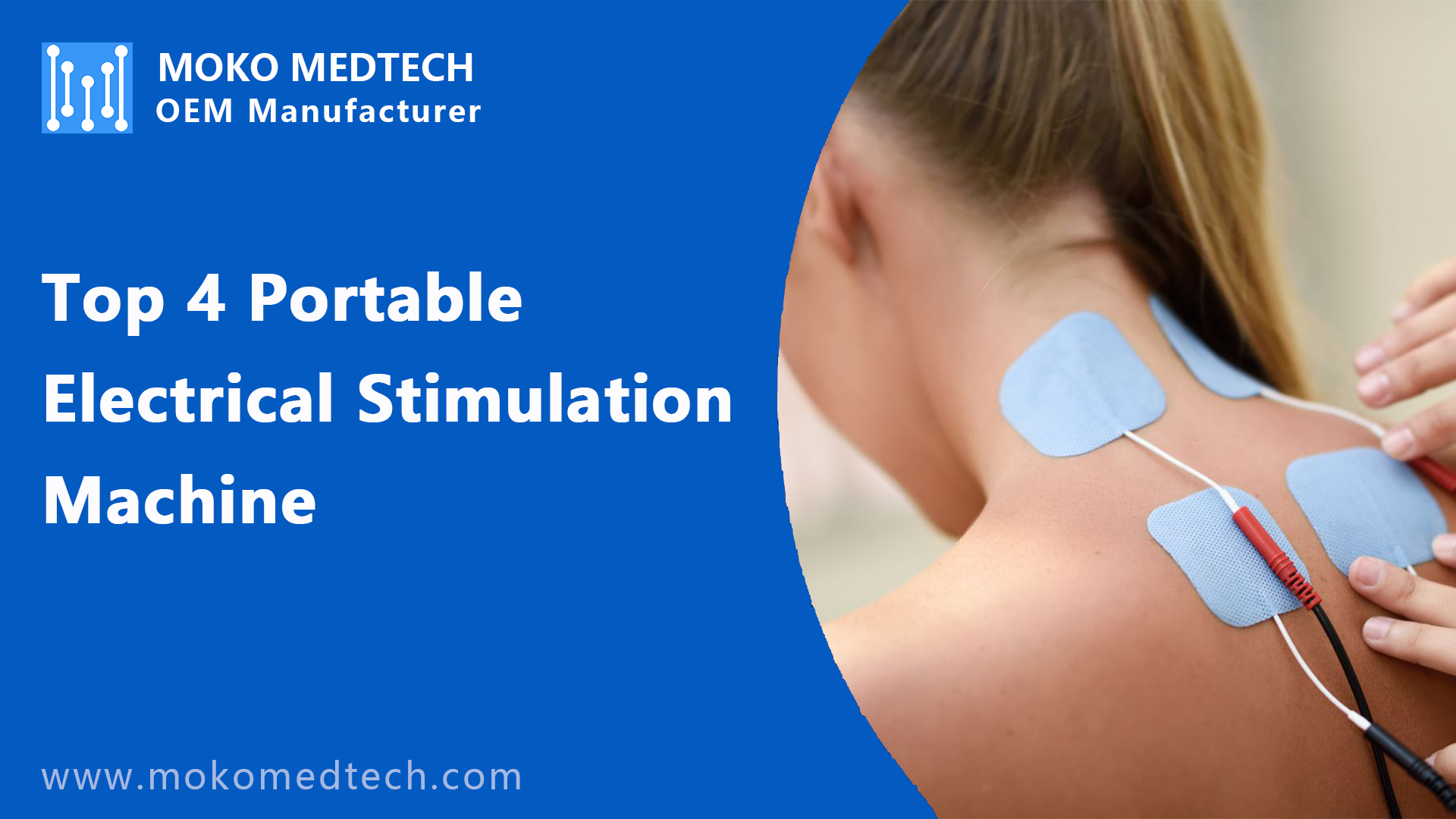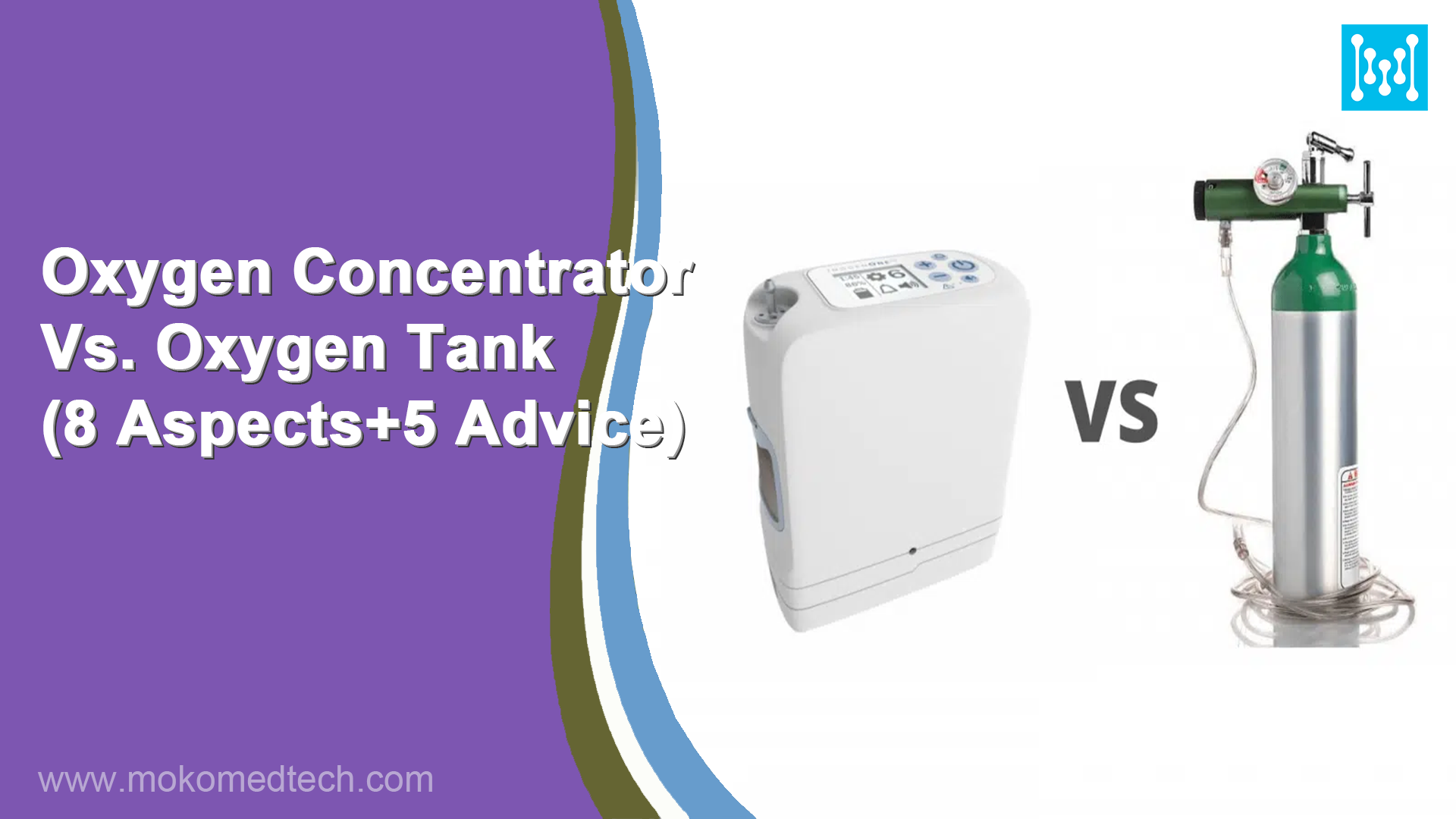What Situations Should I Use A Pulse Oximeter
Initially, pulse oximeters were used as vital sign monitors during surgery and anesthesia. Due to the fact that the pulse oximeter does not burden patients and can measure in real-time, its applicability has been greatly expanded. It has now been used for various purposes such as screening, diagnosis, disease observation, and self-management. The following are specific examples of its use.
1. Determination of Disease Severity
The SpO2 value cannot be solely based on, but should be judged in conjunction with other clinical symptoms.
For example, the Japanese Respiratory Society’s “Guidelines 2000 on Respiratory Infections” contains the following records.
Example 1: Determination of the severity of pneumonia
Mild symptoms: PaO2>70Torr
Severe cases: PaO2 ≤ 60Torr, SpO2 ≤ 90%
2. Screening for Blood Gas Measurement
A pre examination judgment to determine whether it is necessary to conduct blood gas measurement in order to grasp the condition.
3. When Patients with Chronic Diseases Have Acute Attacks, Determine whether Hospitalization Is Necessary
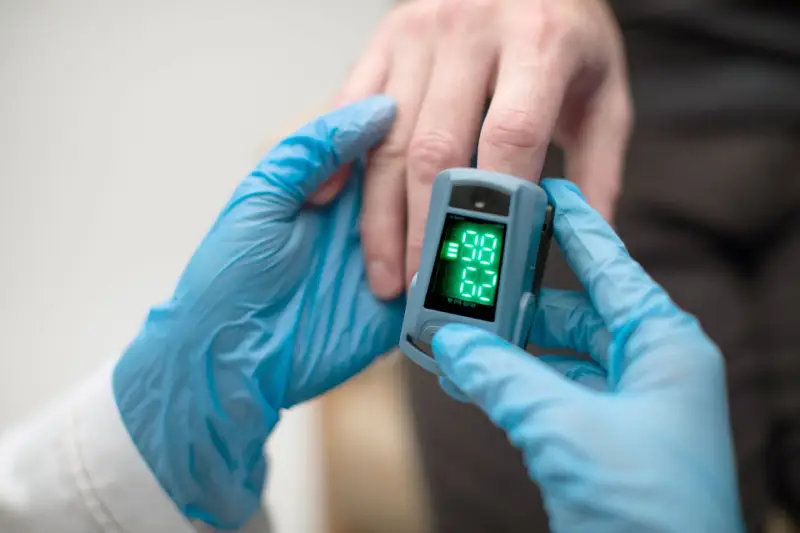
The SpO2 value cannot be solely based on, but should be judged in conjunction with other clinical symptoms.
For example, the Japanese Respiratory Association’s “Guidelines for the Diagnosis and Treatment of Chronic Obstructive Pulmonary Disease (COPD), 2nd Edition” 0 contains the following records.
Example 1: Acute exacerbation of chronic obstructive pulmonary disease (COPD)
Adaptation to hospitalization during the onset of chronic obstructive pulmonary disease (COPD) in stage I (mild symptoms) and stage II (moderate symptoms)
Difficulty in breathing and worsening of the condition
When inhaling indoor air, PaO2<60Torr or SpO2<90%
4. Adaptation to Home Oxygen Therapy, Determination of Oxygen Prescription, and Guidance for Home Oxygen Therapy Patients
(1) Determination of Oxygen Prescription
The amount of oxygen required varies depending on the pathological condition of each patient. The attending physician should develop a suitable oxygen supply source, oxygen flow rate, inhalation method, inhalation time, as well as the inhalation amount during rest, work, and sleep for each patient.
(2) Guidance and Management for Home Oxygen Therapy Patients
From the perspective of insurance diagnosis and treatment, home oxygen therapy requires a physician to conduct diagnosis and guidance management at least once a month, and it is essential to undergo a blood oxygen saturation test.
At the same time, patients who undergo long-term home oxygen therapy (HOT) should undergo regular overnight SpO2 monitoring to check for sleep deprivation. If necessary, to investigate whether there is insufficient ventilation during sleep, polysomnography (PSG) should be performed.
(3) Training for Home Oxygen Therapy Patients
For patients who are unable to receive oxygen therapy according to the doctor’s prescription due to lack of conscious symptoms and high psychological resistance to home oxygen therapy, having a pulse oximeter in their daily life can actually increase their awareness of using oxygen therapy.
5. Determination of NPPV (Non Invasive Ventilation Therapy) Introduction in Patients with Chronic Respiratory Failure
For patients with restrictive ventilation disorders (sequelae of pulmonary tuberculosis and posterior curvature of the spine, etc.), chronic obstructive pulmonary disease (COPD), obesity hypopnea syndrome, tidal breathing (CSR), and neuromuscular diseases during acute attacks of COPD, SpO2 measurement is performed to determine whether to undergo NPPV treatment.
6. Evaluation and Risk Management of Ventilator Rehabilitation Exercise Therapy
Exercise therapy, as the core of ventilator recovery training, cannot be implemented if it causes obstruction during ventilator recovery training or if there are similar comorbidities with increased risk during exercise. For this reason, it is necessary to screen whether their state can be treated with exercise therapy in advance and conduct exercise assessment in advance.
In the evaluation, the measurement of SpO2 in a quiet state and the use of a pulse oximeter for walking tests are necessary evaluation items. Meanwhile, in exercise therapy, risk management should be carried out by monitoring oxygen saturation.
7. Inpatient Vital Sign Examination
In addition to pulse rate, body temperature, blood pressure, and respiration, SpO2 is the fifth vital sign indicator. Even if there are no respiratory symptoms, if recorded upon admission, treatment and examination can burden respiratory function, and if necessary, follow-up should be conducted.
Especially in the respiratory and circulatory organ wards, the measurement of SpO2 has been standardized during the morning, noon, and evening rounds by nursing staff.
Where Do I Need A Pulse Oximeter
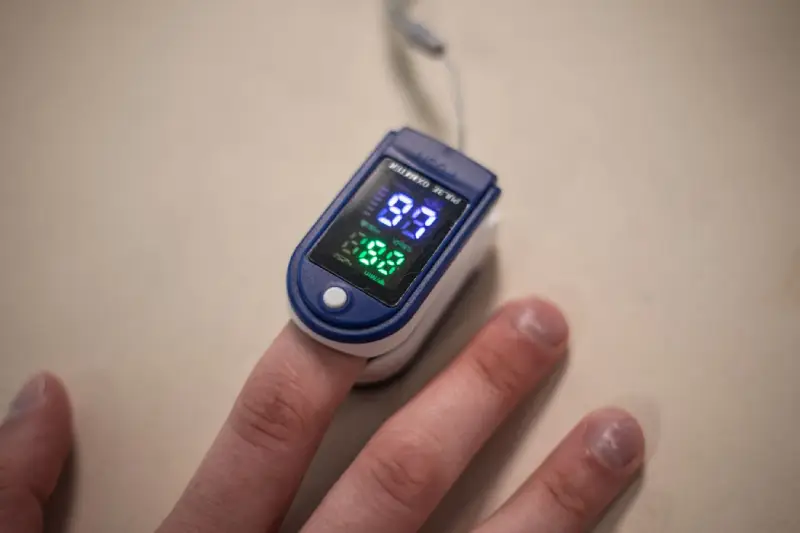
Pulse oximeters were initially popularized in the operating and anesthesia rooms of hospitals, but these oximeters used in the acute phase belong to the placement type, or are not simply used with pulse oximeters, but instead use comprehensive biological monitors that can simultaneously measure electrocardiogram and other important vital signs.
At the same time, in the resuscitation room and the subacute phase after surgery, in addition to the placement type, telemetry instruments and handheld instruments for monitoring purposes are also fixed at the bedside for use. These are utilized as alarm devices to inform of sudden deterioration of symptoms, etc.
On the other hand, small portable pulse oximeters are not only used in hospitals, but also extensively used outside of hospitals.
Here is an introduction to the usage of small portable pulse oximeters.
1. Hospital Ward
Especially widely used by caregivers in respiratory and circulatory organ wards. The biggest use is for vital sign examinations of hospitalized patients. In addition to pulse, body temperature, blood pressure, and respiration, SpO2 is used as the fifth vital sign to monitor the status of hospitalized patients in the morning, day, and night using a pulse oximeter.
2. Hospital Outpatient Department
Mainly used for respiratory equipment, but as a screening for blood tests, a pulse oximeter should be used first. It varies depending on the physician, but for some patients who are suspected of respiratory diseases, the first step is to use a pulse oximeter to measure SpO2 and grasp the patient’s basic SpO2 value in advance as a reference data when symptoms worsen.
3. Hospital Respiratory Function Examination Room and Rehabilitation Room
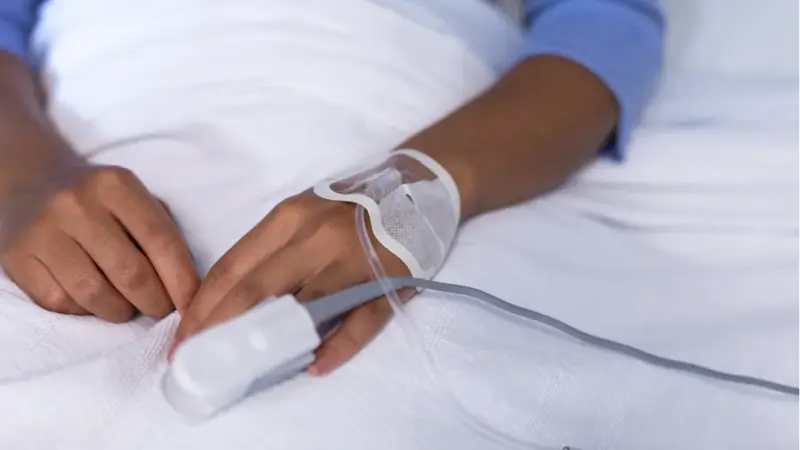
Pulse oximeters are widely used for respiratory function tests, walking tests, and other examinations and evaluations. Depending on the hospital, either the examination technician or the physical therapist will bear the responsibility. At the same time, in risk management during rehabilitation, it is used by physical therapists to confirm the degree of SpO2 reduction and pulse rate increase at any time.
4. Home Visit Nursing Station
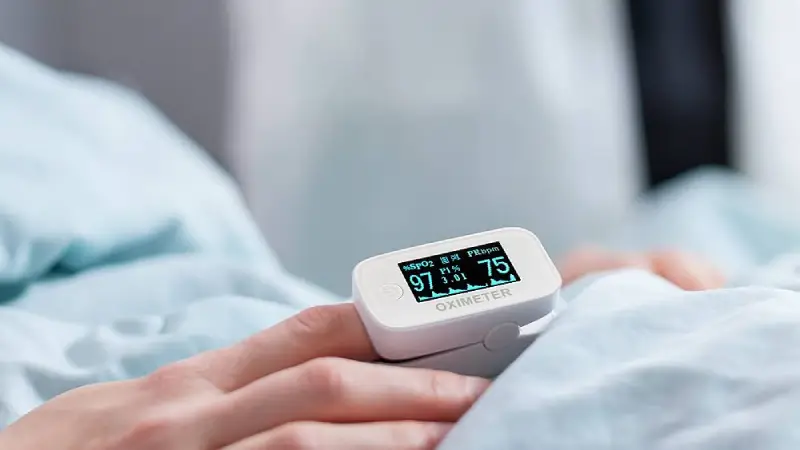
The majority of patients receiving home visit care are elderly, and even though respiratory diseases are not the main disease, most of them have certain problems with their respiratory and circulatory organs. The measurement of SpO2 has been widely used among home visiting caregivers as a tool for identifying patient issues.
5. Elderly Health Insurance Facilities
To provide support for elderly individuals with stable conditions for self-reliance, pulse oximeters are also highly skilled in elderly health facilities aimed at family recovery. They are used for vital signs examination of incoming patients, especially during nighttime attacks, daytime care, and facility respiratory rehabilitation.
6. Others
When the air pressure decreases, the partial pressure of oxygen in the inhaled air also decreases, resulting in a decrease in oxygen saturation.
When climbing in aircraft cabins and high altitude areas, to prevent accidents caused by decreased oxygen saturation, a pulse oximeter should be used. Home oxygen therapy patients, airlines, high-altitude hiking teams, etc. who travel by plane generally use small portable pulse oximeters.
Moreover, in the field of sports, pulse oximeters should be used during training in high-altitude areas and hypoxic rooms.


